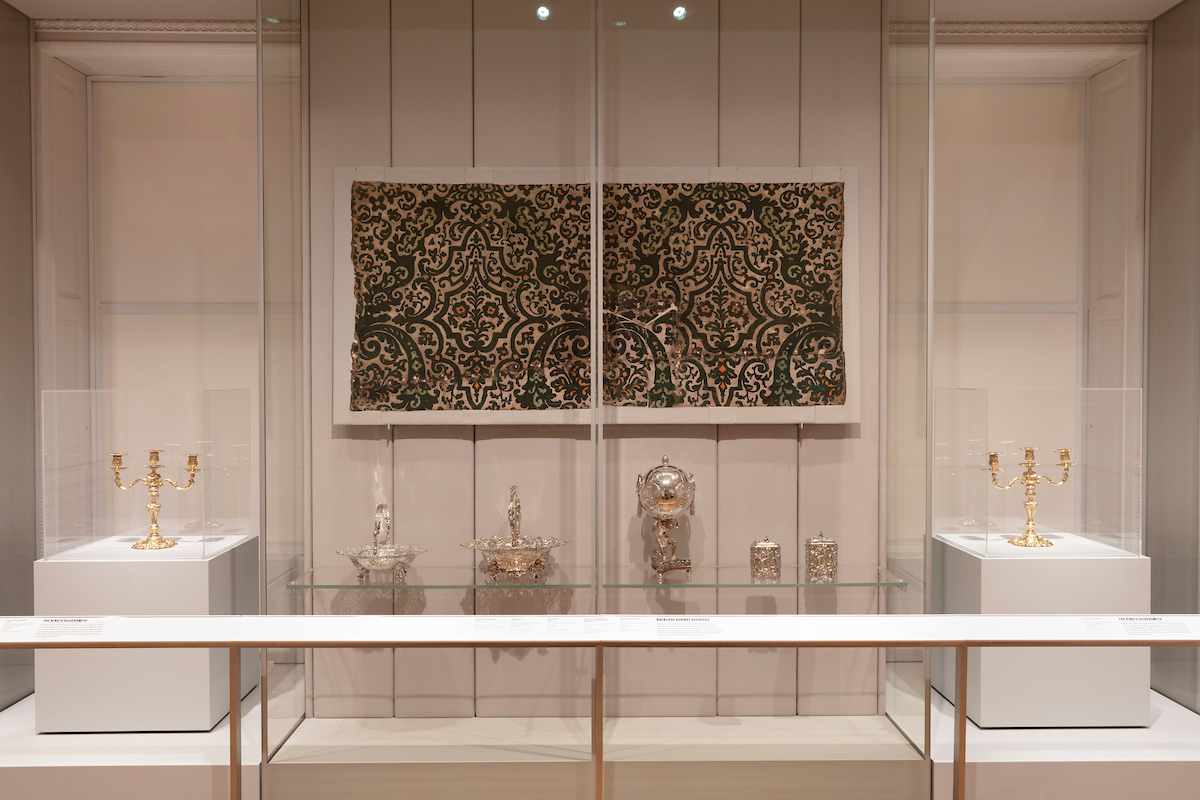Drawing from Cooper Hewitt’s permanent collection, this exhibition explores the unprecedented circulation of labor, skills, aesthetics, and luxury goods across international borders in the 18th century. It traces the movement of people, ideas, and objects across borders, challenging notions of foreign and domestic, community member and outcast, and national style.
The desire for luxury goods in Europe—from wallcoverings, furniture, and textiles to silver, glass, and porcelain—reached a peak at this time. The extensive network of overseas trading posts, established in Asia by the Dutch East India company and the British East India Company starting in 1602, brought new objects, new colors, and an inexhaustible array of patterns and finishes to European marketplaces. Translucent Chinese porcelain, gleaming Japanese lacquer, and brightly colored, hand-painted Chinese papers—all made for export and appealing to Western tastes—were highly sought for elite interiors across Britain, the Netherlands, France, and Germany to signal a homeowner’s wealth and impeccable taste.
